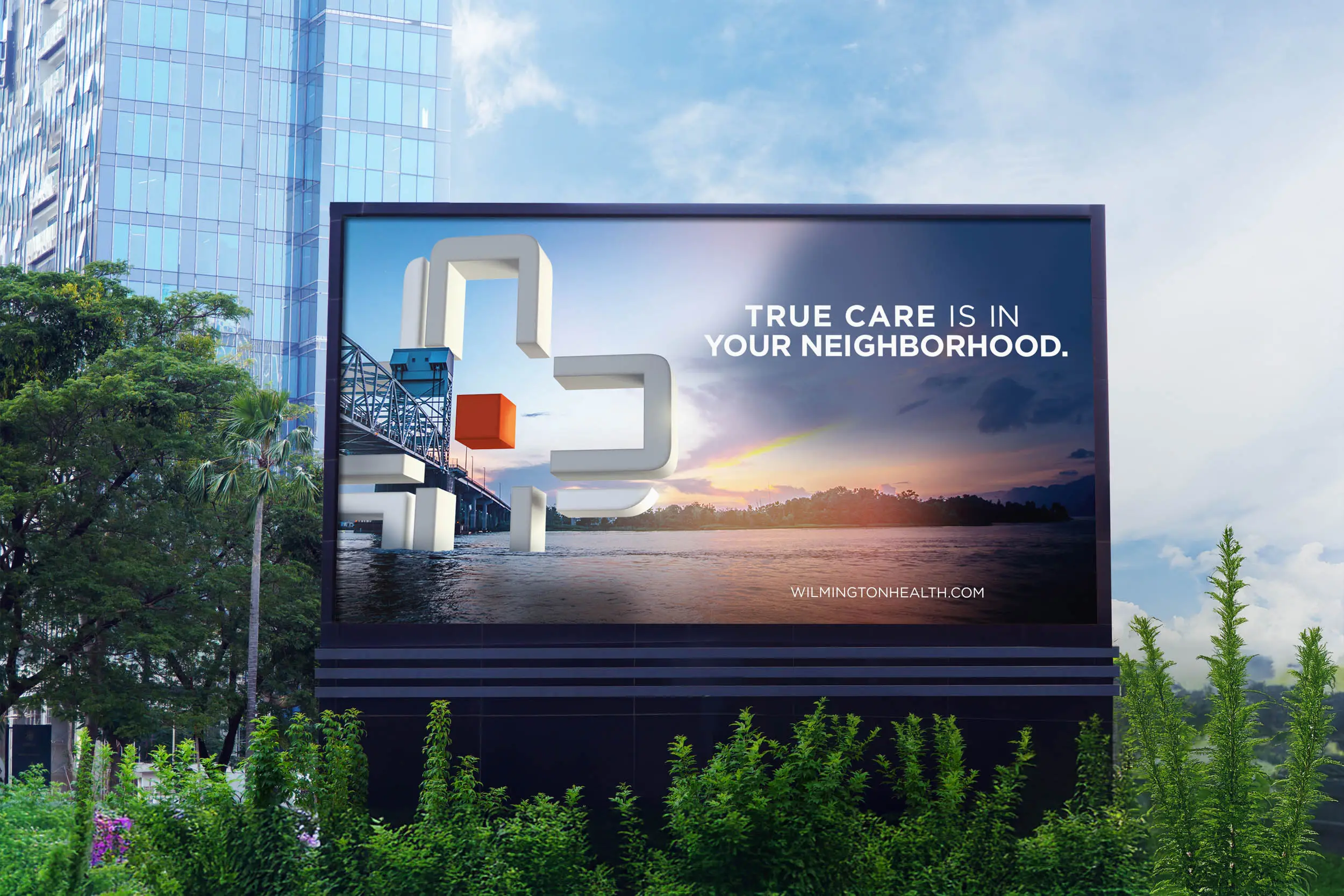As 21st century consumers spend more and more time online, their first impressions of any brand are increasingly delivered via the brand’s website. And with studies showing that three in four modern consumers make judgements about a brand’s credibility based on its website design, these digital first impressions can be critical to real-world business success.
So clearly, for most brands, investing in a better online user experience (UX) is more than worthwhile. In fact, according to research, UX improvements have the potential to increase conversion rates by as much as 400%, and each dollar invested in a better UX can deliver $100 in returns — amounting to a jaw-dropping 9,900% ROI.
8 ways to boost your brand website’s UX
So what steps can your brand take to improve the user experience on its website? Consider these eight ways to create a more user-friendly website for your brand:
1. Keep content concise and easy to scan/read
Most website visitors don’t read all (or even most) of the written content on a webpage. Instead, they tend to scan the copy to find what they’re looking for, then read that content more carefully. To make this task easier on your website’s visitors, try to keep your copy concise, your sentences short and your paragraphs brief. In addition, add frequent headings and subheadings, which can serve to break copy up into easily digestible sections and to provide simple-to-scan clues as to what the content in each section is all about.
2. Make navigation a breeze
Visitors to your website usually know what they’re looking for, and your navigational structure should make it easy for them to find it quickly and effortlessly. Having an instantly visible navigation bar without too many categories listed is essential to intuitive navigation, and putting it in the same location on each page of your site will make getting around the site easier. When required to de-clutter the navigation menu, any drop-down menus employed should facilitate logical page navigation while allowing for easy category (and sub-category) selection. Further, when a site has a particularly large number of categories and sub-categories, providing a site map can deliver much-needed navigational assistance.
3. … and keep searches simple
Especially for brands with large inventories and websites that convey a lot of product and/or service information, incorporating a search functionality can be a huge time-saver for visitors — and can therefore provide a quick and substantial boost to user-friendliness. As a bonus incentive for brands, a search bar can also offer an easy way to track site searches and gain insights into what visitors are most often looking for on the company website.
4. Step up your speeds
When visitors are viewing your brand’s website from home, where their internet connections tend to be faster, slow-loading web pages are rarely an issue. But in the modern, mobile-heavy world, a substantial portion of your traffic is likely to be viewing your site with a smartphone — and when visitors are out and about, their connections may be much slower. To facilitate quick load times across the board, make sure that your image sizes are optimized for speedy downloads, and get rid of any unnecessary, slow-loading page elements. Also, avoid including too many videos and other large-sized multimedia elements that can significantly slow page-load times. As a rule of thumb, each page on your website should download in 3 seconds or less, as the probability of a visitor leaving increases by 32% as the time it takes to load increases from 1 to 3 seconds.
5. Make mobile-friendliness a top priority
While page-load speeds are a big part of mobile-friendliness, they’re certainly not the only concern when optimizing your website for visitors viewing on smartphones. To ensure that all visitors — including viewers on mobile devices — have a positive user experience on your brand’s website, implementing a responsive design is imperative. (And beyond UX, today’s search engines also penalize websites that fail to offer a mobile-friendly experience, so considering mobile-friendliness can also boost your search rankings.) With a responsive design, your website will recognize what type of device a visitor is using, then adjust image sizes and orientations, page layout, text and button sizes, and other page elements to facilitate a good user experience for visitors with any device type or screen size.
6. Provide complete contact information
With a wealth of less-than-credible companies operating online, security-savvy consumers want to know that they’re dealing with a real business when they consider making purchases online. Further, after they do buy the products and/or services they’ve been eyeing, they want to feel confident that they can easily contact customer service to get any needed support. Ensure that your website’s contact page offers several easy ways for consumers to get in touch with your brand, such as including a physical address and customer service phone number if possible. By doing that, you can increase peace of mind among potential customers, and likely boost your online conversion rates in turn.
7. Highlight your hyperlinks
When you include hyperlinks in your online copy, you’re asking the user to click through on them to find more information on the topic at hand. But when any added hyperlinks go unnoticed, they won’t be especially helpful. To ensure that your visitors notice and can use your hyperlinks, include visual cues such as underlining and color differentiation to make the linked copy stand out and draw attention on the page. In addition, including more copy in a hyperlink can make it more noticeable. For example, a hyperlink saying “Click here for more information on Brandon’s website development services” is more likely to be seen and utilized than one saying “For more information, click here.”
8. Include clear CTAs
Including clear and obvious calls to action on your website pages will not only make your website more user-friendly by helping visitors identify the action items on your site, it will also help your brand increase its online conversions. When incorporating CTA buttons, for example, choose a color that makes the element stand out on the page, and place it in a prominent location that will get noticed. Further, the wording used in your CTAs should include strong verbs that inspire action and encourage visitors to take the desired next step. Including time-sensitive language such as “Sign up now” or “Get a quote today” can also help create a sense of urgency that boosts conversions.
Looking to boost the user experience on your brand’s website? At Brandon, our website development team is well-versed in how to make a website user-friendly and strives to make every website visit better — and the team can help you create more online conversions. To get started with professional guidance ranging from a simple website analysis to a comprehensive strategy tailored to boost your brand’s overall performance and identity, contact us today.
Nick McNeill
Interactive Director
Nick uses his talents in computer science and graphic design to grow the online presence of brands such as Santee Cooper, Southern Tide, frogg toggs, Farmers Telephone Cooperative and Blue Force Gear. A serial marathon runner, his steely determination shines through every brand he grows. As lead user interface designer of the GuestDesk software suite for online hotel reservations, he watched it explode from $1 million in reservations to over $400 million annually.
By subscribing to our newsletter, you agree to our Privacy Policy.





